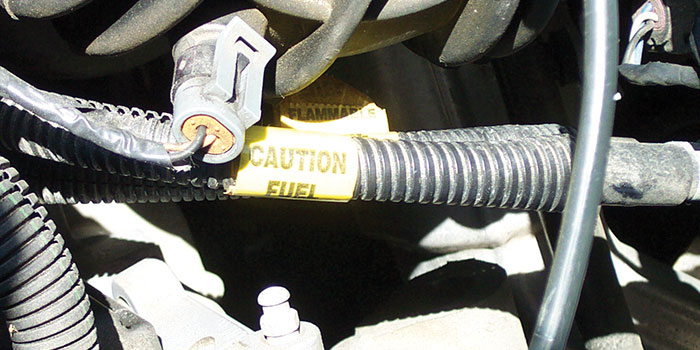The Engine Thermostat: Understanding Electronically Assisted Thermostats
The engine thermostat has been an important component in automotive internal combustion engines for almost a century. The engine thermostat helps to speed warmup and reduce cylinder ring wear. Today, the engine thermostat plays an important role in increasing engine combustion efficiency and reducing emissions. To accomplish that task, engine thermostat functions are controlled by the engine’s electronic control unit (ECU), ensuring precise regulation of temperature based on the engine’s loads.
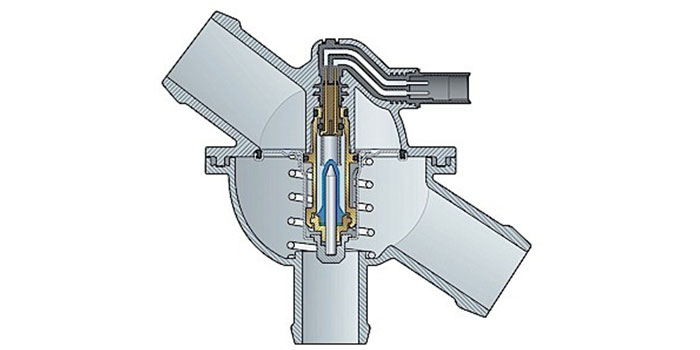
Fueling Choices: Factors For Carburetion Or A Bolt-On TBI Fuel Injection System
If you’re building a performance engine, should you fuel it with a carburetor or some type of electronic fuel injection (EFI) system? If the application is a late-model vehicle that came factory-equipped with EFI, that decision has already been made for you.
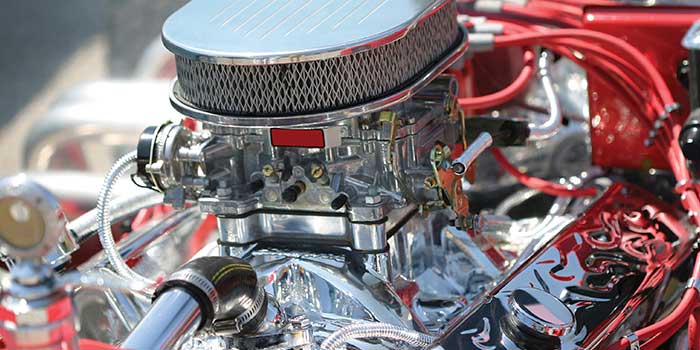
Selling The Complete Serpentine Belt Job
Technicians and customers have pretty much accepted that the accessory serpentine drive belt should be replaced between 90,000 to 100,000 miles. It is a “slam dunk” sale to just replace the belt, but does that replacement belt have the same chance to survive the same mileage? Chances are in the next 90,000 to 100,000 miles the replacement belt will have to deal with problems the original belt did not – a worn tensioner, idler pulley bearing failure or component alignment issue.

Chevy’s New ZZ6 Engine Celebrates 60 Years Of V8 Power
Developed with contemporary technologies, including a high-rpm valvetrain, Chevrolet Performance’s new ZZ6 engine offers builders a modern twist on the classic Chevy Small Block 350. It uses updated Fast Burn cylinder heads with beehive-style valve springs inspired by the LS engine family – a feature that enhances high-rpm capability, enabling the new high-performance engine to achieve 405 horsepower and 405 lb-ft of torque.
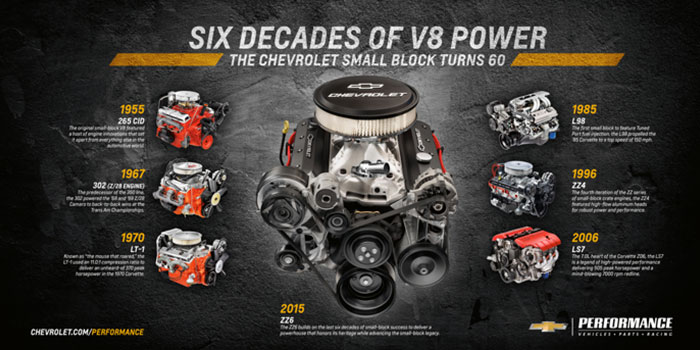
Chrysler’s Pentastar V6 Gets Major Revisions
New components include cylinder heads with an 11.3:1 compression ratio (up from 10.2:1), new fuel injectors featuring eight holes each (twice the number in the previous iteration’s injectors), platinum-tipped spark plugs, new valve springs, low-tension piston rings, lightened crankshaft and crank pins, extensive friction reduction, and cooling of exhaust-gas recirculation.
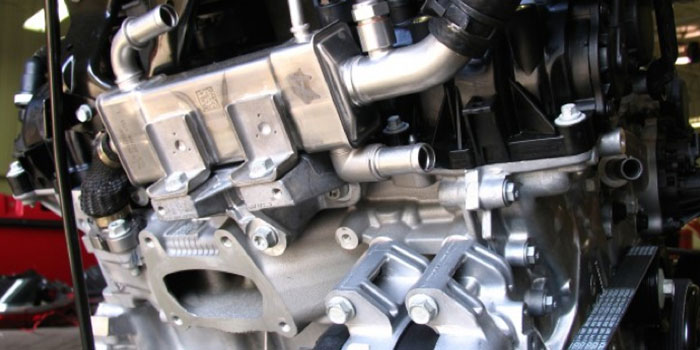
Oil-Related Engine Codes For Variable Valve Timing Engines
Variable valve timing is becoming a standard system on most late-model engines because it offers higher performance from a smaller displacement engine at higher rpms. Oil plays a larger role in VVT systems. They need engine oil not only for lubrication, but also to actuate the camshafts to change the profile of the lobes.
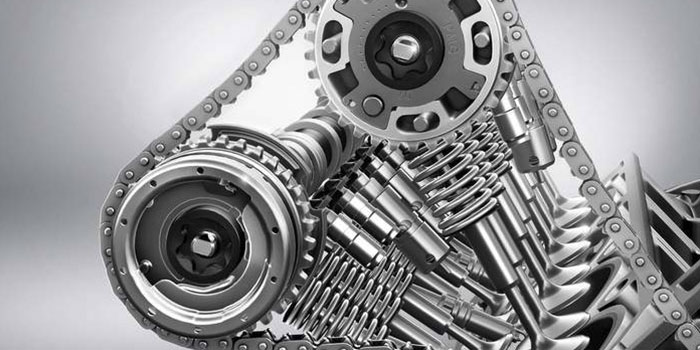
Understanding The Science Of Connecting Rods
They say an engine is only as reliable as its weakest link. The connecting rods that join the pistons with the crank can be a strong link or a weak link depending on the rods that are used. Most late model stock engines use powder metal rods. They are inexpensive to manufacture, require minimal machining to finish and are adequate for stock power levels and normal driving.
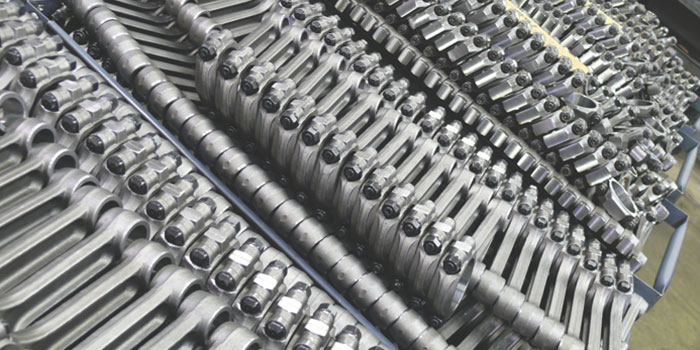
What You Need To Know About Head Gasket Repair
Head gasket repair should not be approached with the mindset of “how cheaply can it be done?” Instead, find the best way to efficiently repair the vehicle so the job will last and so that all possible issues that are somewhat related can be dealt with at the same time. The only thing worse for a customer than paying a large repair bill is paying a large repair bill and then having the car act up for issues that should have been addressed previously.
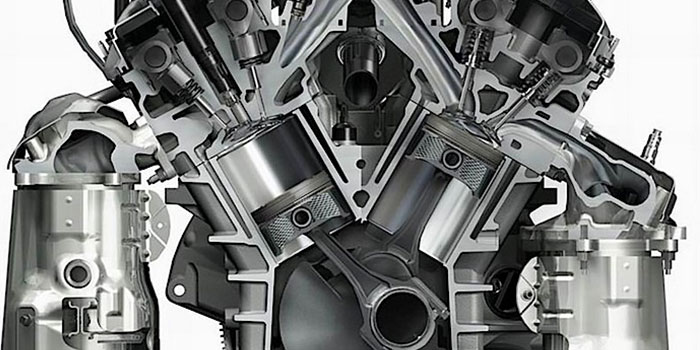
The Rotary Engine Might Not Be Dead
With the landscape of automotive power-trains continuing to evolve, one contender whose future looks as uncertain as ever is the Wankel or rotary design. But uncertain as its future may be, the prospects of the Wankel might have just improved. It seems Mazda has yet to give up on the rotary engine, according to recent comments from their CEO, Masamichi Kogai.
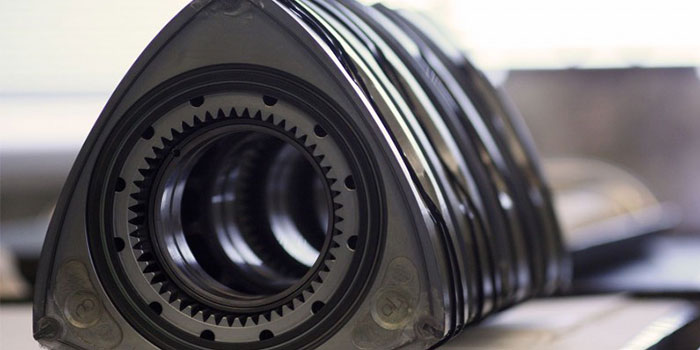
Timing Chain Replacement: Diagnosis And Repair
Timing chains, with their thinner width, reduce overall engine length and are more durable than timing belts, requiring no scheduled maintenance. Timing chains do make more noise, have higher weight and higher cost than timing belts, though.
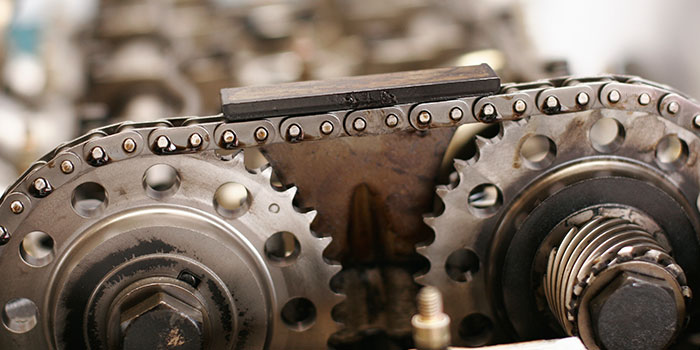
Intermittent Engine Misfire Analysis
Even for an experienced diagnostic technician, attempting to diagnose an intermittent misfire condition that occurs only under specific driving conditions can be a frustrating exercise. Let’s begin by getting the basics out of the way. As we know, the general causes of a misfire fall under the general headings of 1.) ignition, 2.) fuel density, 3.) compression and 4.) timing failures.

Replacing Fuel Lines
As vehicles are lasting longer, the chances the fuel lines will spring a leak are increasing. The main reason metal fuel lines fail is corrosion, but most corrosion starts when abrasive materials start to remove the paint or coating on the line. This can occur at a mounting bracket or from debris kicked up from the tire.
